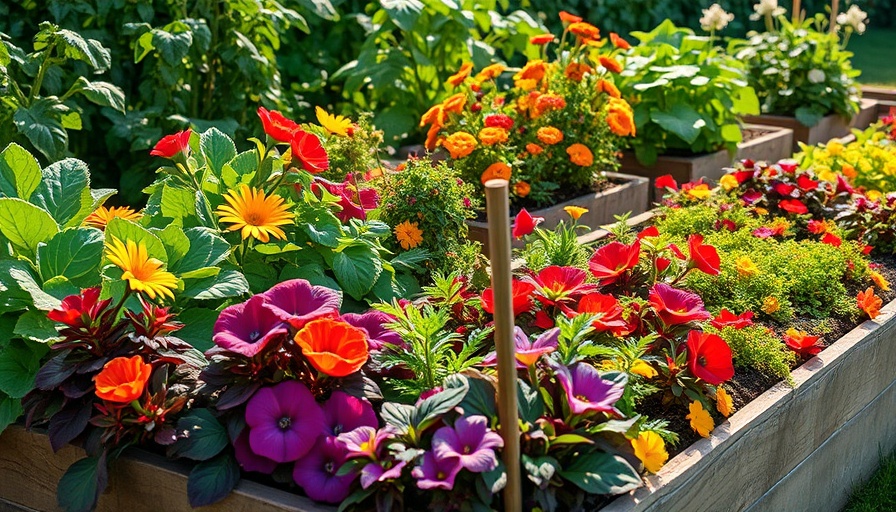
Why Raised Garden Beds are the Smart Solution for Urban Gardening
As more urban dwellers turn to gardening, raised garden beds are emerging as an essential tool for transforming small spaces into thriving green oases. These beds not only elevate your plants above potentially contaminated soil but also allow for an optimal growing environment that adapts to various urban challenges.
How Raised Beds Overcome Soil Challenges
Urban gardening often confronts gardeners with poor soil conditions, including clay-heavy soil or contaminated ground. Raised beds provide an instant solution by enabling gardeners to create a customized soil environment that can be rich in organic matter and well-draining. This not only fosters healthy plant growth but also significantly increases yield, with many gardeners reporting yields up to twice that of traditional ground beds.
Space Efficiency: Maximizing Your Garden Area
Space is a premium in urban areas, and raised garden beds make it possible to cultivate a flourishing garden in even the smallest areas. Given their modular design, gardeners can start with one or two beds and expand them as needed. By incorporating trellises or vertical gardening techniques, gardeners can maximize every inch of vertical space. This creative approach allows for a diverse array of plants, from luscious vegetables to beautiful flowering vines.
Sustainable Practices: Eco-Friendly Gardening Solutions
Raised beds contribute significantly to sustainable urban living by promoting resource conservation and practicing eco-friendly gardening techniques. Drip irrigation systems paired with raised beds can optimize water use, while composting scraps can return nutrients back into the soil. By planting native species or foregoing chemical pesticides, urban gardeners can attract pollinators, thereby supporting the local ecosystem and enhancing biodiversity.
Elevated Aesthetics: Enhancing Your Outdoor Space
With raised beds, gardening becomes an appealing design element in urban landscapes. When constructed with materials like wood or stone, these beds can elevate the aesthetic of any outdoor space, turning balconies, roofs, or patios into lush, productive gardens. With thoughtful design, such as grouping plants by color or height, these gardens can set the stage for relaxation and enjoyment amid a bustling cityscape.
Your Guide to Starting a Raised Bed Garden
Ready to dive into the world of raised bed gardening? Start by selecting the right materials—wood, stone, or composite materials—as well as determining the bed's size based on your available space and plant needs. Aim for beds no wider than four feet to ensure easy access to the plants. Consider incorporating legs or a bench edge for a comfortable gardening experience.
Conclusion: The Future of Urban Gardening
The versatility and practicality of raised garden beds make them a must-have for anyone looking to cultivate a garden in an urban environment. With their ability to maximize space efficiency, improve soil conditions, and promote sustainable practices, these garden beds are more than just a gardening fad—they represent a dynamic, evolving way of cultivating green life in our cities.
 Add Row
Add Row  Add
Add 




Write A Comment